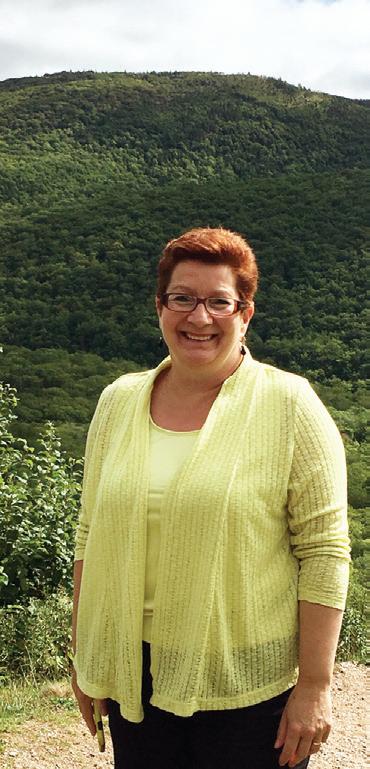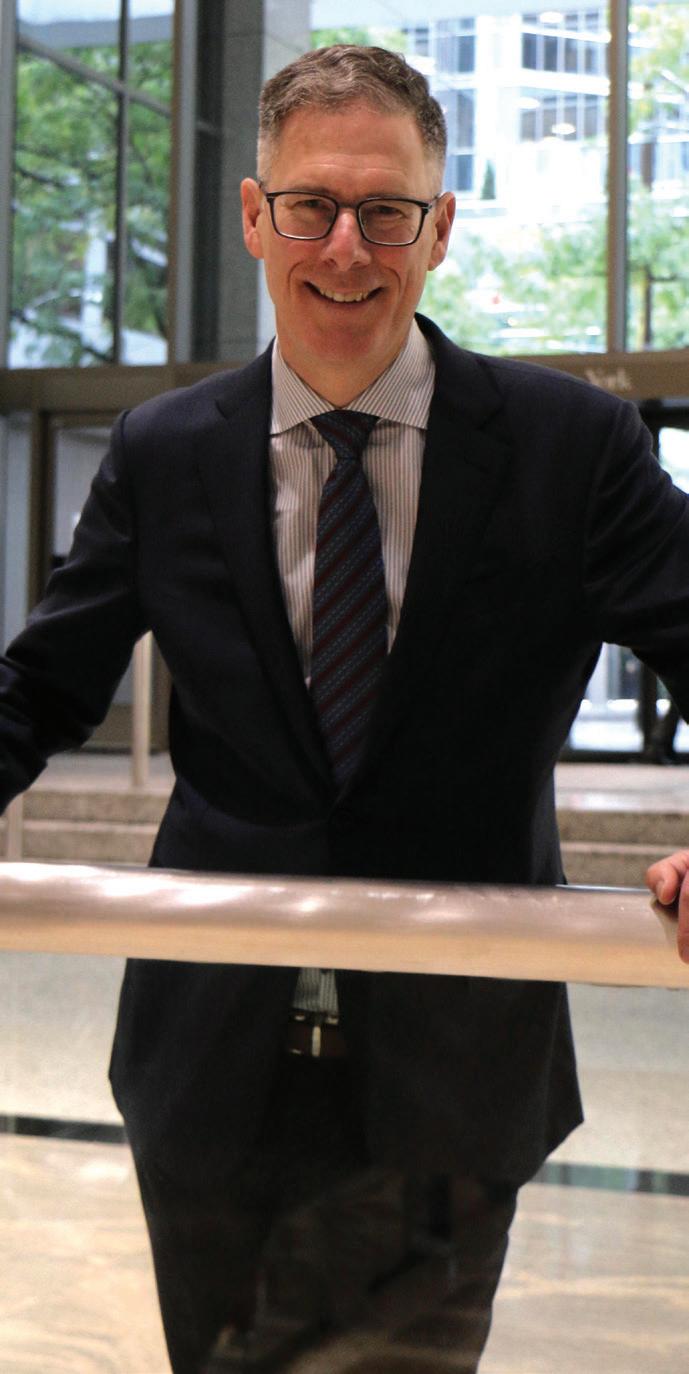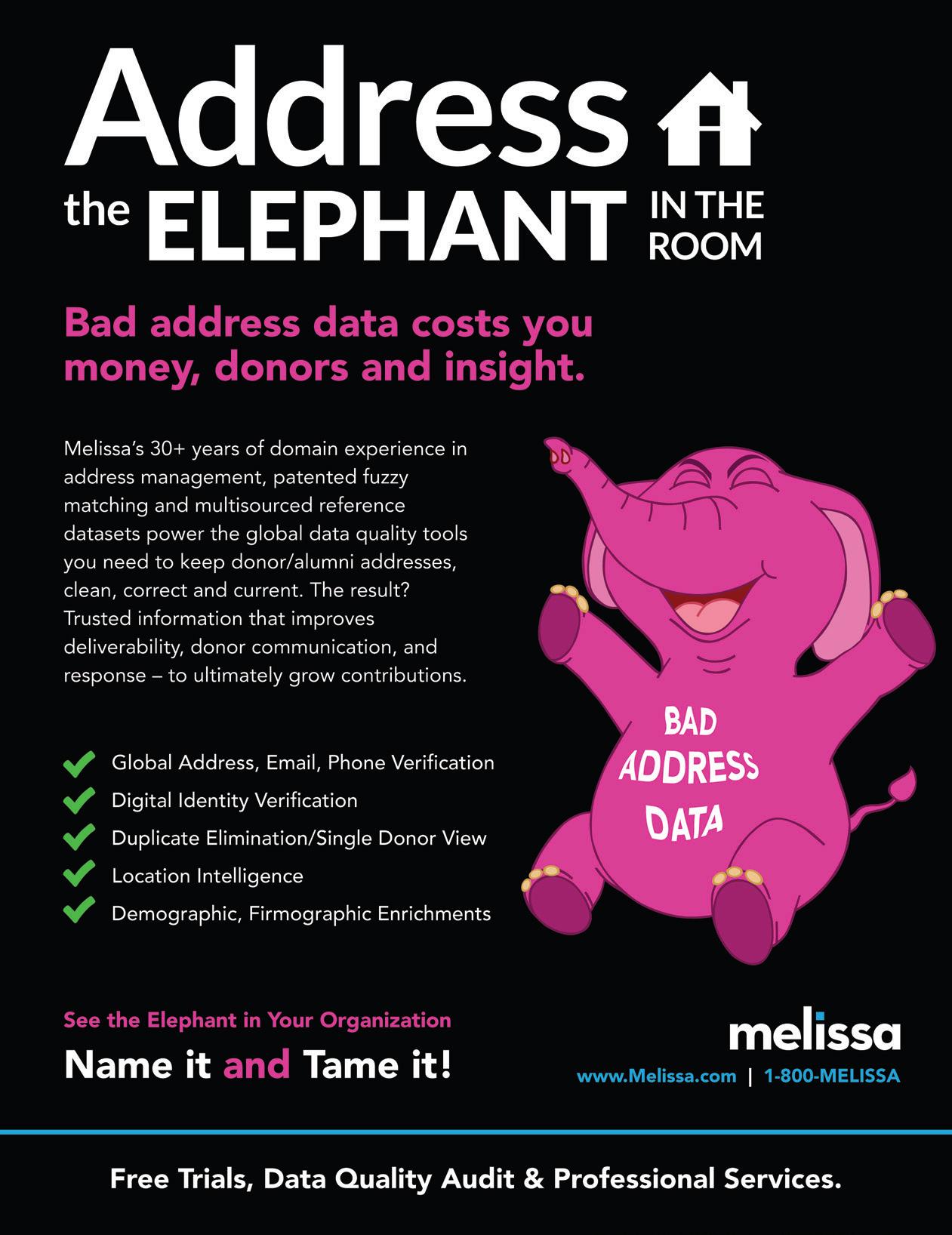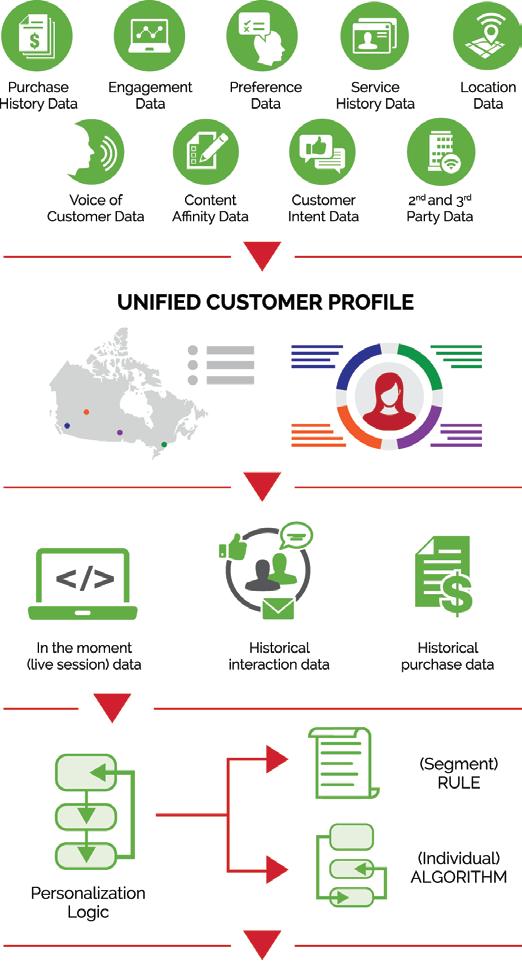
4 minute read
How to Create an Equitable Organization
read them, there’s a thread of commonality.” Allen said the project proved cathartic for all. “I’m so very pleased AFP Global has done a brave and courageous thing, and allowed us to tell the truth,” she says.
As a leading mentor in AFP’s Fellowship in Inclusion and Philanthropy program, Allen has also helped several fundraisers of colour navigate what are often toxic workplaces. “I think we rally around the idea of diversity,” she says. “But diversity is one thing, equity should actually be the objective. And equity is about understanding the intricate issues pertaining to marginalized communities, so you can create opportunities to level the playing field.”
The road forward
Allen founded the Empathy Agency to help young professionals of colour navigate biased workplaces as well as to coach business leaders to explore the impact identity has on organizational culture and business goals. To further expand her expertise in that realm, in 2019 Allen completed a certificate in Intercultural Studies at the University of British Columbia — a program she says is invaluable to this work.
As for the future, Allen states she’s “cautious to be sort of excited.” She says she’s been heartened to see a lot of white faces in the recent protests. Allen’s also encouraged by the “uprising of Black women in this sector,” referring to fundraisers in Canada and the U.S. organizing and collaborating in ways she hasn’t seen before. However, she worries about the impact of COVID-19 on Black women in her field, as they often work in areas, like occasional gifts and events, hardest hit by pandemic closures.
Aside from her coaching work and writing on issues pertaining to her community, Allen says she’s taking this time to “be still and think about what the next chapter of my career will look like.” Despite everything, Allen says she’s still inspired by fundraising as a catalyst for change. “I think solving problems to create greater justice, to create greater access, to create freedom for people — I don’t think I’ll ever not want to do that.” Joenita Paulrajan leads the intercultural studies, diversity & inclusion and international development programs at UBC Extended Learning. She has drafted the following equity guidelines for consideration when reviewing the structure of foundations and other organizations.
How to Create an Equitable Organization
Having diversity in the ranks and working on making the organization more inclusive is a commendable first step. However, diversity and inclusion (D&I) efforts do not automatically lead to an equitable organization. Creating pathways to make an organization equitable requires different approaches and processes. Take a look at the guidelines below to see what changes might need to occur in your organization: 1. Start by acknowledging historical colonial realities. Organizations do not exist in a vacuum. They are intricately connected to the land, to the communities and to the contexts they operate in. 2. Communicate your mission, vision and values to dismantle structures of discrimination and prejudice. A statement articulating the above is a good beginning. 3. Set expectations. Recognize that this is hard work and involves long-term efforts. Short bursts of momentum are naturally limited in scope and cannot achieve long-term results. Focus on the long-term work to address the root of the problem. 4. Yes. There is a problem. And it requires a change in mindset. The business case for D&I is often the primary driver for organizational inclusion. However, centring equity requires the recognition of the importance of the ethical case for D&I. Ask the question: At the end of the day, if there were no financial benefits, would we cease to do the ‘right’ thing? While it is nice to have a business case, it is incredibly important to create an organizational culture that values equity simply because it is ethical. 5. Identify the pioneers. Who are the Indigenous, Black, and People of Colour in your organization that have been at the heart of the wider struggle through their lived experiences? What are their needs and perspectives? Centre the pioneers. D&I work tends to showcase D&I champions and allies who support the cause and deservedly so. But equity cannot be solely built around the voices, motivations, needs and designs of allies. 6. Ask the following questions across the different levels in the organization: a. Is there diversity? Who belongs in the organization? b. Is there inclusion? Who experiences a sense of belonging in the organization? c. Is there equity? To whom does the organization belong? Who benefits? 7. Walk the talk. Consult pioneers and stakeholders, draw up and implement an organizational ‘equity plan’ to make changes across policies and processes. 8. Fund tangible efforts to move the needle. Invest in education and training, in raising awareness and creating real growth opportunities for pioneers within the organizations. 9. Foster a sense of collective accountability. Set measurable goals and equity-centred evaluative measures in place to ensure the goals are met. 10. Share the power and the liberation that comes with humanizing and cocreating equitable spaces within the organization and by extension within communities.









